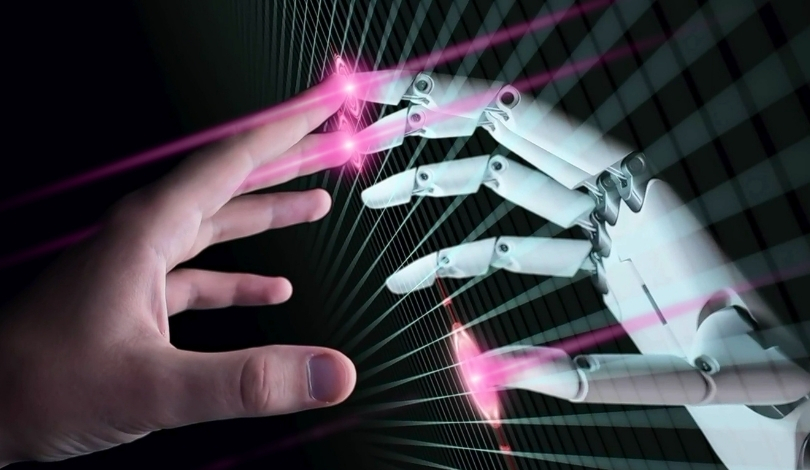Robotics companies showcased significant advances in June 2025, with product launches and business milestones reflecting the sector’s rapid pace. The focus ranged from industrial robots and humanoid assistants to funding for AI-driven service solutions, signaling a drive to address challenges such as labor shortages, automation scalability, and broader access to emerging robotic technologies. Stakeholders from manufacturing, logistics, agriculture, and education closely monitor these changes, anticipating implications for workforce productivity and operational efficiencies.
Events in June 2025 include a blend of debuts and financings, unlike previous cycles when most news focused on singular advancements in either hardware or software. Recent years saw incremental improvements: robots like SoftBank’s Pepper received software updates while companies like ABB refined existing industrial designs. However, this month’s launches from ABB Robotics, 1X Technologies, NEURA Robotics, and others presented a mixture of next-generation cognitive models, humanoids for varied tasks, and strategic financial rounds, signaling industry convergence and wider commercial ambitions than earlier announcements.
What Are the Highlights from Automatica 2025?
Automatica 2025 in Munich served as a platform for brands like ABB Robotics and NEURA Robotics to demonstrate newer, more capable industrial and cognitive robots. ABB unveiled additional large-scale robots and a heavy-duty autonomous mobile robot, expanding its industrial robot portfolio. NEURA Robotics introduced the third-generation 4NE1 humanoid, along with the MiPA cognitive service robot and the Neuraverse open robotics ecosystem, emphasizing integration and adaptability for collaborative and service applications.
How Are AI Innovations Shaping Robotic Capabilities?
Robotics companies increasingly leverage AI models to improve autonomy and context awareness. Meta’s V-JEPA 2 world model explores learning from raw video to enhance environmental prediction and task planning for robots. 1X Technologies launched Redwood, its proprietary model for the NEO humanoid, enabling independent navigation and household assistance. According to representatives from 1X,
“Redwood was trained primarily on real-world scenarios to reflect the actual challenges faced by service robots.”
These developments indicate a broader shift toward generalizable, data-driven robotic intelligence.
How Has Funding Impacted Robotics Expansion?
Investment continues to steer sector growth, as demonstrated by Coco Robotics’ successful $80 million round to scale delivery fleets and boost its AI, and by Gecko Robotics reaching a $1.25 billion valuation after raising $125 million. Beewise, focusing on AI-powered pollination with its BeeHome solution, secured $50 million to accelerate the development of its climate technology. In parallel, the receivership of Aldebaran, the maker of Pepper and Nao robots, has highlighted the volatility and risks present even for widely recognized brands in the robotics arena.
This wave of launches, funding, and commercial adaptation is building momentum across industrial and consumer-facing robotics. Several companies that previously concentrated solely on hardware, like ABB Robotics, now stress software integration and versatility. Financial backing continues to dictate not only product development timelines but also which subfields—such as AI for household tasks, autonomous last-mile delivery, or climate tech in pollination—receive the most rapid commercialization efforts. For companies like Aldebaran, brand recognition alone proved insufficient when faced with market shifts and sustaining operational costs without successful acquisition or pivot.
Developments in robotics throughout June 2025 reveal a sector in transition, moving toward multi-domain intelligence and adaptive collaboration. For industry observers and adopters alike, it is crucial to track which business models—AI-enabled autonomy, integrated ecosystems, or specialized service solutions—will gain sustained traction. Monitoring how funding shapes both innovation speed and survival, combined with understanding regulatory and economic pressures, provides valuable context for those considering either adoption or investment. Keeping an eye on product lifecycles, from debut to potential withdrawal or bankruptcy, remains vital in an industry where technology and market needs change fast.










